The RC airboat propeller is an important piece of marine propulsion equipment, usually mounted on the bottom of an RC airboat, used to generate propulsive force to enable the airboat to move forward, backward, turn, and hover in the water. The RC propeller is driven by a motor, which transmits the power to the propeller shaft, whose rotational motion converts the power into thrust to propel the airboat forward. The shape and size of the propeller determine its thrust and rotational speed.
Nocturna propeller RC boats vs. RC motorboat propeller
There are some similarities in the design, construction and use of propellers for RC boats and RC motorboats, but there are also some differences between them. Similarities: Propulsion Principle: Whether it's an RC boat or an airboat, propellers utilize hydrodynamics to generate propulsion by rotating to allow the boat or airboat to move forward, backward, or turn. Materials: To withstand high-speed rotation and potential impact, propellers are usually made of strong and corrosion-resistant materials, such as polymers or stainless steel. Care and Maintenance: To ensure their efficiency and longevity, propellers require regular cleaning and maintenance. Any damage or wear should be repaired promptly.
Differences: Power source and design: RC boat propellers are usually designed to be larger in order to generate more propulsive force. Since boats usually require more thrust to overcome greater resistance, their propellers are also more robust. RC airboats, on the other hand, due to their lightweight construction and smaller size, propellers are usually designed smaller to accommodate their high speed movements.
Adaptability: Due to the smaller size of airboats, their propellers are usually more adapted to high-speed movement and precise maneuvering. RC boats, on the other hand, may require more thrust and stability due to their larger size. Motor & Power: RC boats usually require a larger RC boat propeller motor and power to drive the propeller because they need to push more weight. RC airboats, on the other hand, maybe smaller but more efficient. Application Scenarios: RC boats are usually used for marine navigation or large water activities such as fishing or exploring. RC airboats, on the other hand, are more often used for light and fast movement, such as water sports or patrolling.
How to install rc propeller?
The method of rc propeller installation will vary depending on the type and application of the model. Still, the following are the general steps and precautions: First, check if all parts are complete and make sure the parts of the propeller, propeller hub, RC propeller shaft, and motor are not damaged. Install the propeller hub on the motor and make sure the hub and motor fit tightly and are not loose. Install the propeller blades on the hub; make sure the blades are firmly installed and will not come loose.
Pay attention to the angle of the paddle to ensure that the paddle can rotate smoothly. After installation, the balance of the propeller needs to be checked to ensure that it is stable in rotation without deflection or vibration. If necessary, adjust the angle of the propeller blades appropriately or replace the installation position of the propeller hub. Connect the propeller to the control system to ensure that the power and control signals from the motor are properly transmitted. After completing the installation, perform a test run to check that the propeller rotates smoothly and produces the expected propulsive force. Pay attention to safety when installing and operating the remote control propeller. Make sure that the rotating part of the propeller does not come into contact with people or objects to avoid accidental injury or damage.








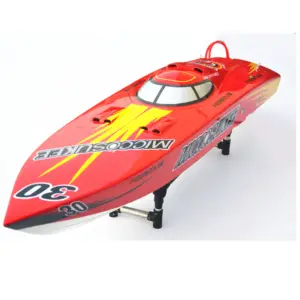
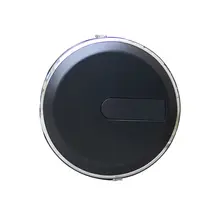
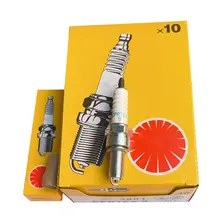


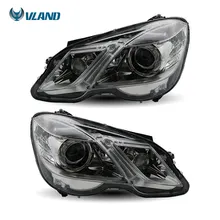




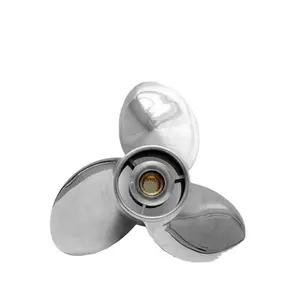
























 浙公网安备 33010002000092号
浙公网安备 33010002000092号 浙B2-20120091-4
浙B2-20120091-4